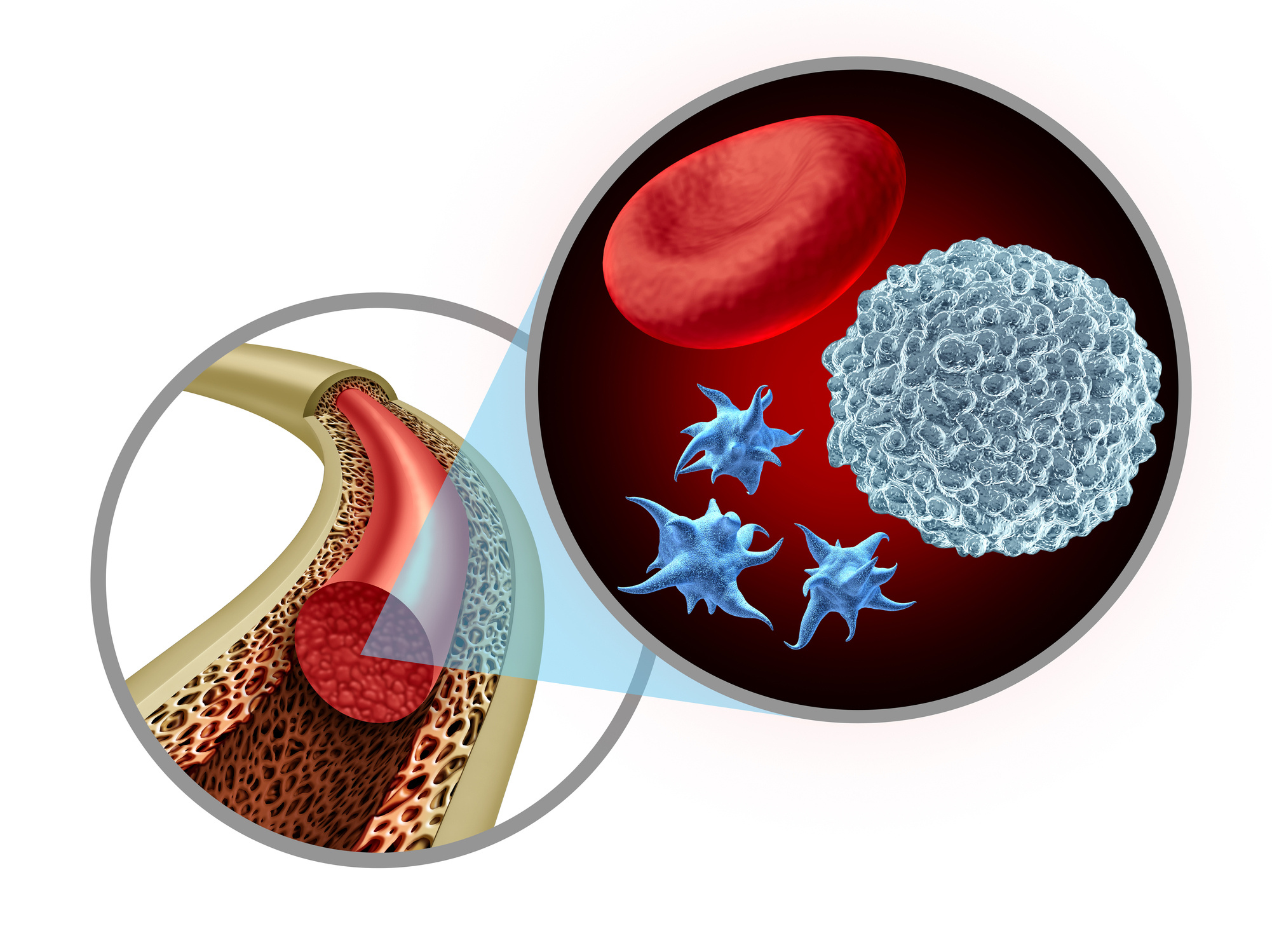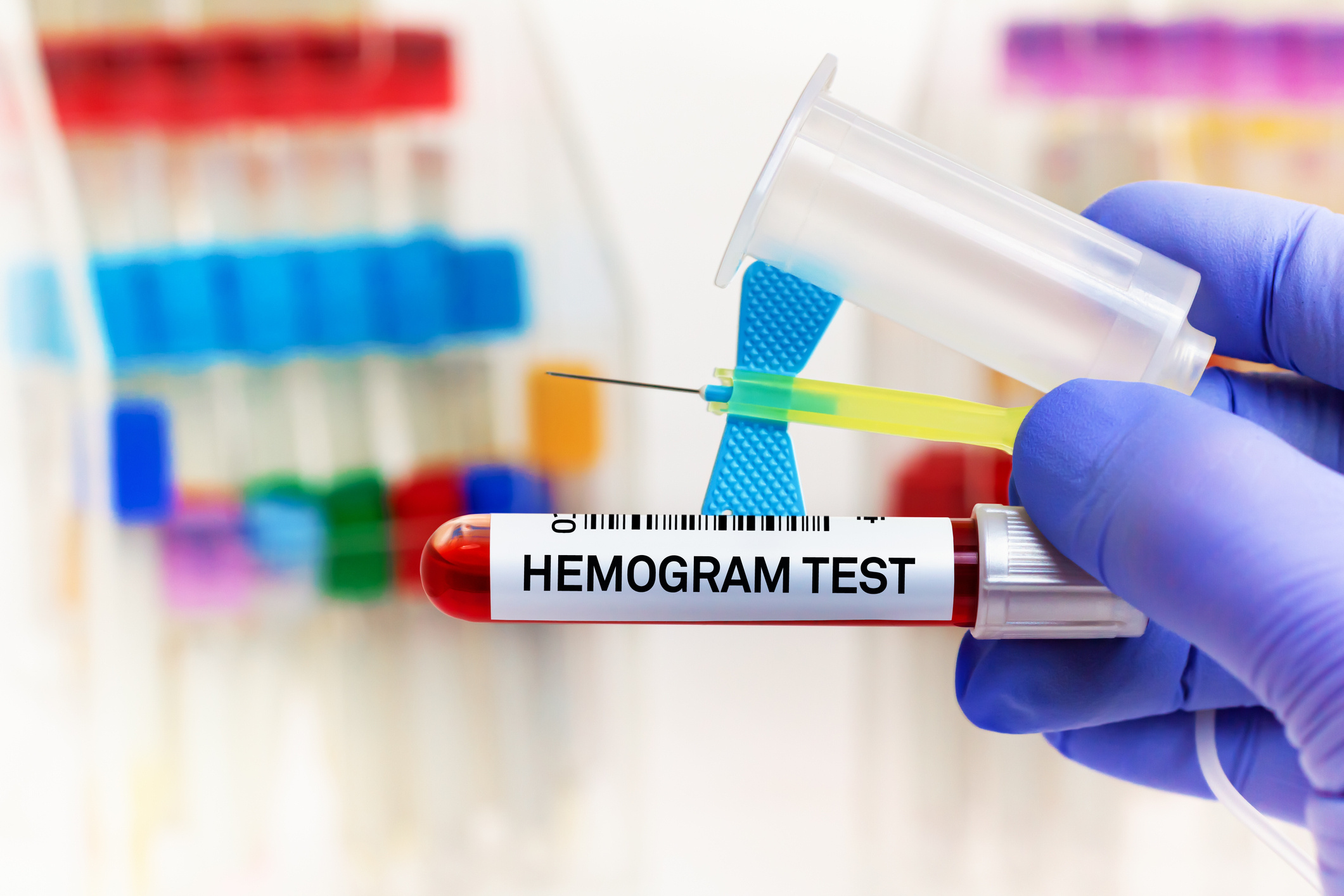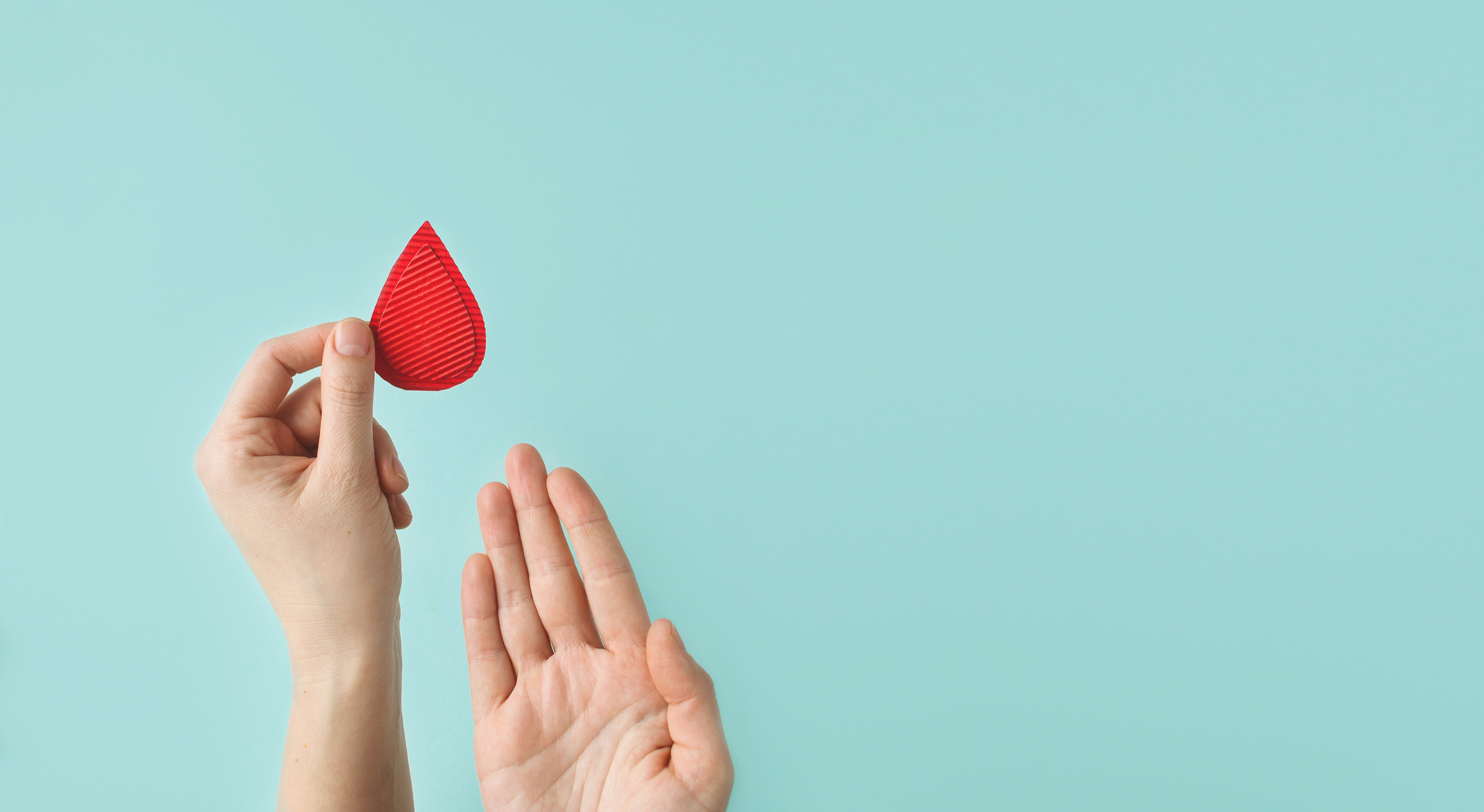Bone Marrow Transplant Center
Bone Marrow Transplant Center
Bone Marrow Transplantation Center
The Bone Marrow (Stem Cell) Transplantation Center of Anadolu Medical Center features a Bone Marrow Outpatient Clinic, Bone Marrow Inpatient Clinic, HLA Typing Laboratory, Hemapheresis Laboratory, Cryopreservation and Stem Cell Processing Laboratory Molecular level diagnostics of cancer are provided through flow cytometry and PCR and the efficiency of the treatment is monitored.
Our Bone Marrow (Stem Cell) Inpatient Department has 22 beds on two floors. First of all, there is a special section at the entrance of each patient room between the room and the corridor. The doctor, nurse and patient's relatives first enter this special section, where they are purified of infections which they are likely to bring from outside. On initial admission, all transplant-candidate patients are asked to bring all their medical records, laboratory examinations, imaging examination reports, and pathology reports, and a detailed history is taken, and physical examinations are performed. The decision for transplantation is made after evaluating the benefits of bone marrow transplant for the patient.
What are bone marrow diseases?
- Acute Myeloblastic Leukemia
- Acute Lymphoblastic Leukemia
- Non-Hodgkin’s Lymphoma
- Hodgkin’s Lymphoma
- Multiple Myeloma
- Myelodysplastic Syndrome
- Chronic Myelocytic Leukemia
- Chronic Lymphocytic Leukemia
- Aplastic Anemia
- Paroxysmal Nocturnal Hemoglobinuria
- Primary Amyloidosis
- Solid Cancers: Testicle cancer, ovarian cancer
- Hereditary Diseases: Hemoglobinopathies

In which diseases and at which stages bone marrow transplant is employed?
Acute myeloblastic leukemia
- In acute myeloblastic leukemias that develop after myelodysplastic syndrome.
- In patients with acute myeloblastic leukemia without any t(8;21), t(15;17), (Inv 16) abnormality.
- In patients who do not respond to remission induction therapy.
- In patients with Flt-3positive acute myeloblastic leukemia.
Acute lymphoblastic leukemia
- In patients with unfavorable cytogenetic finding such as Philadelphia chromosome, 11q23 positive.
- In patients with leukocyte counts in excess of 30-50 thousand microliters.
- In patients with central nervous system or testicle involvement.
- In patients who do not respond to initial remission induction therapy.
Myelodysplastic syndrome
- In patients with blast rate >5%.
- In patients with Intermediate 1, Intermediate 2 or a higher risk score.
- In patients with cytopenia in more than one sequence
Non-Hodgkin’s lymphomas
- 1. In diffuse large cell lymphomas:
- Upon first relapse (recurrence of the disease after the treatment)
- Upon first remission in patients with high, high intermediate risk.
- 2. Mantle cell lymphoma; after initial treatment
- 3. Follicular lymphoma;
- Patients who do not respond sufficiently to initial treatment.
- Patients with first remission shorter than > 12 months
- Patients with a 2nd relapse (disease recurring).
- Patients experiencing conversion into diffuse large B cell lymphoma.
- Hodgkin’s lymphoma
- Patients who fail to start remission with initial treatment.
- Patients who respond to initial treatment, but later experience a relapse.
- Multiple myeloma
- Subsequent to initial treatment (after reduction of protein M with 2-4 courses of chemotherapy).
What are bone marrow transplantation suitability criteria?
- Criteria for Autologous Stem Cell Transplant (Multiple Myeloma, Hodgkin’s and Non-Hodgkin’s Lymphoma etc.):
- Heart ejection fraction > 50%,
- Liver function tests should not exceed twic the normal limits,
- Lung function tests: DLCO > 60 %,
- Good patient performance.
Criteria for Myeloablative Allogeneic Stem Cell Transplant:
- Age < 55,
- HLA matching sibling (6 out of 6 or 5 out of 6 markers),
- Heart ejection fraction > 50%,
- Normal liver function tests,
- Lung function tests; DLCO > 60%.
Criteria for Non Myeloablative (Reduced Dose Regime) Allogeneic Stem Cell Transplant:
- Age < 65,
- HLA matching sibling or relative.
Rules for bone marrow transplant
These rules have been prepared as a guide for patients and their relatives.
- Stick to the physician’s prescription in using all medications.
- Make sure to come for regular check-ups. Please, arrive on an empty stomach and without having used any medication.
- Chemotherapy will inhibit optimum functioning of immune system for about a year. This is why it is very important to give extra care and attention to personal hygiene, nutrition, use of protective mask, accepting visitors, handshakes and sexual relations throughout the entire year.
- Instructions for daily life after bone marrow transplant
- Your home should be especially clean following the transplant. Allocate a separate room for the patient. Remove dust magnet such as thick carpets and curtains from this room. Do not clean and air the patient’s room which he/she is still inside.If the room/home lacks central heating, make sure to light and clean the fire stove when the patient is outside the room. Adjust room temperature carefully.
- The patient’s room must be away from any type of construction activity.
- All house plants and any kind of pet including cats, dogs, fish and birds must be removed from the house for a year due to risk of infection.
- Make sure to keep the rest of the house equally clean and tidy.
- Pay attention to land hygiene, take a wash at least two times a day, allocate a separate towel for the patient and prevent its use by anyone else. Wash and iron the towel after each use. Take showers instead of baths, and use only moisturizing soaps.
- Use paper towel for hand and face hygiene.
- Do not have guests for the first 100 days. Reduce the number guests as much as possible in the subsequent period. Refrain from close contact including kissing, handshaking and cuddling.
- Change the patient’s bed linen at least twice a week, frequently air the mattress.
- Do not use feather and wool-stuffed pillows.
- Make sure to wash all new clothes before use. Do not use corduroy or plush textiles.
- Make sure that the patient uses two masks whilst traveling or outdoors.
- Patient should not swim for a year (sea or pool) and should not use saunas.
- Prevent direct contact with sunlight for one year. Walks should be taken in the afternoon.
- Women should not get epilation for one year. Depilatory creams may be used if physician approves.
- Give extra care to hygiene when getting the patient’s haircut.
- Brush teeth with a soft brush 3 times a day, try not to get gums bleeding.
- Do not use deodorants, perfumes, makeup or hair dye for a year.
- Do not smoke or consume alcohol, steer clear of smoky, dusty and dirty environments.
- Do not come in contact with people who have cold, flu or infection.
- Immediately seek medical attention in case of bleeding, bruising, and swelling.
- Dress according to climate, avoid getting ill.
- Menstruation irregularities may develop in women following the transplant. Seek medical attention from the gynecology department in accordance with the physicians’ recommendations.
- Treatment will cause a loss in sense of thirst, hunger and taste for the first three months after the transplant. This is why patients have to drink three liters of water per day for a year. Drinking less can result in serious electrolyte disorder thus increasing the risk of getting sick. Liquid intake may also be supported by drinking milk, diluted yoghurt, tea, fruit juice or soup. Chew sugar-free chewing gum for building an appetite or suck on sweets for a sense of taste. Drink homemade lemonade 30 minutes before meals, if feeling nauseous.
- Do not drink spring water from unknown sources. Only drink bottled water.
- Use only pasteurized milk and cheese.
- Milk taken outside should be boiled for 15 minutes.
- Take single-use pasteurized and home made yoghurt.
- Thoroughly rinse all fruit and vegetables, leave them in water with vinegar for 30 minutes and peel all skin before consuming.
- Eat seasonal fruit and vegetables. Avoid consuming processed foods and drinks with additives.
- Thoroughly cook all food. Strictly avoid eating salami, sausage, bacon, cured meat, spices, raw onions and garlic, tomato paste, animal fat, innards, legumes, pickles, creams, kebabs, pizzas, burgers and any sort of fast foods.
- Thoroughly cook all meats and eggs, make sure eggs are not cracked.
- Do not crack nuts with your teeth, use nut crackers.
- Refrain from eating strawberries as they grow too close to the soil.
- Do not eat frozen, stale or canned food. Food should be consumed in 24 hours.
- Store food in airtight containers.
- Use latex gloves to prepare food.
- Use mask whilst preparing food for the patient.
- Pay attention to expiration dates for all products and foods.
- Do not discuss distressing issues with the patient. Keep patient’s spirit high
Hematology Department
Prof. Zafer Gülbaş
Videos
All videosKemik İliği Nakli hakkında gelişmeler - Prof. Dr. Zafer Gülbaş - NTV Haber
Kemik İliği Nakli hakkında gelişmeler - Prof. Dr. Zafer Gülbaş - NTV Haber
Kemik İliği Nakli Nedir, Türleri Nelerdir?
Bir ''Kemik İliği Nakli'' Hikayesi

We listen to your opinions and suggestions to further enhance our service quality.
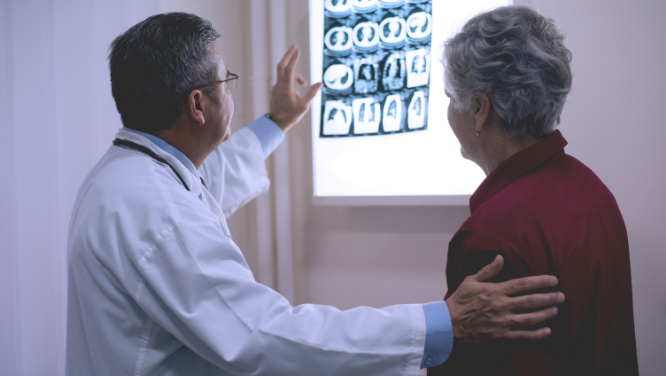
You can fill out the form to get a second doctor's opinion on the results of your tests, the diagnosis of your illness, and the treatment options we offer you.
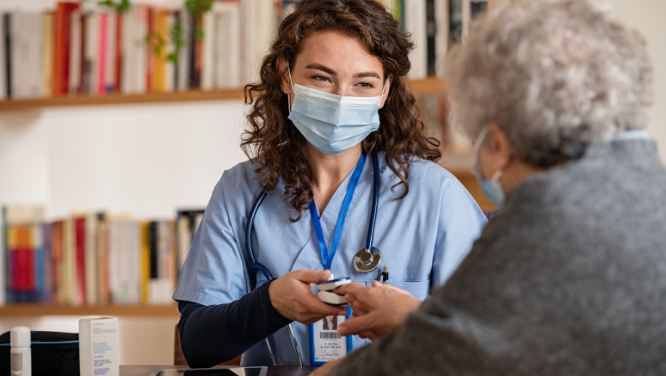
You can receive the healthcare services you need at your home. Please fill out the form for home healthcare services.
Featured Articles
- 6 Nutrition Tips for Those Who Fast
- What is Disease X (Virus X)?
- How Does Cancer Form?
- What is an Ovarian Cyst?
- What is Cervical Cancer?
- What Are the Symptoms and Treatment Methods of Testicular Cancer?
- Symptoms, Diagnosis, and Treatment Process of Bladder Cancer
- Liver Cancer
- What is Stomach Cancer? What are Its Symptoms and Treatment?
- Thyroid: What is it, Symptoms, Diagnosis, and Treatment







